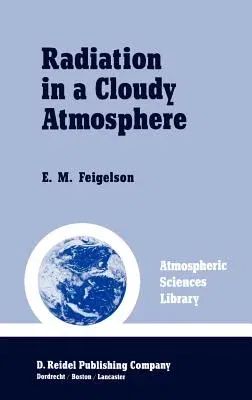Radiation in a Cloudy Atmosphere (1984)Hardcover - 1984, 31 July 1984

Qty
1
Turbo
Ships in 2 - 3 days
In Stock
Free Delivery
Cash on Delivery
15 Days
Free Returns
Secure Checkout

Part of Series
Atmospheric and Oceanographic Sciences Library
Part of Series
Atmospheric Sciences Library
Print Length
293 pages
Language
English
Publisher
Springer
Date Published
31 Jul 1984
ISBN-10
9027718032
ISBN-13
9789027718037
Description
Product Details
Book Edition:
1984
Book Format:
Hardcover
Country of Origin:
US
Date Published:
31 July 1984
Dimensions:
24.43 x
16.81 x
2.26 cm
ISBN-10:
9027718032
ISBN-13:
9789027718037
Language:
English
Location:
Dordrecht
Pages:
293
Publisher:
Weight:
630.49 gm